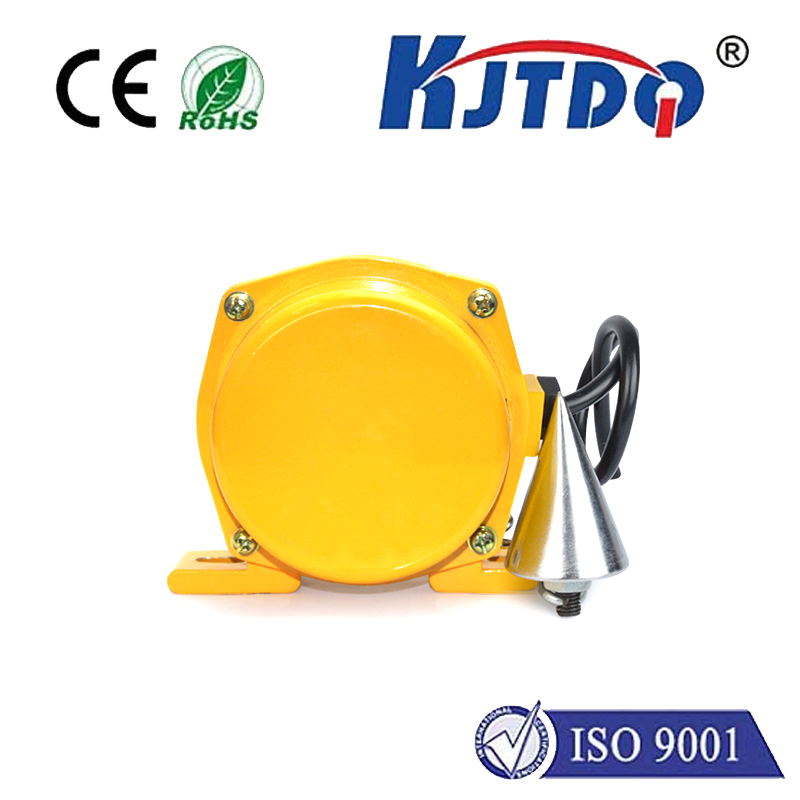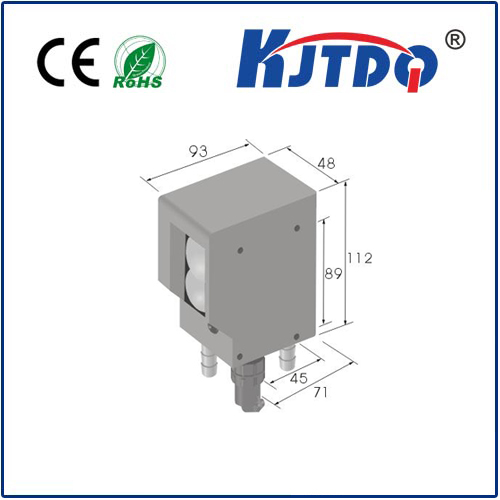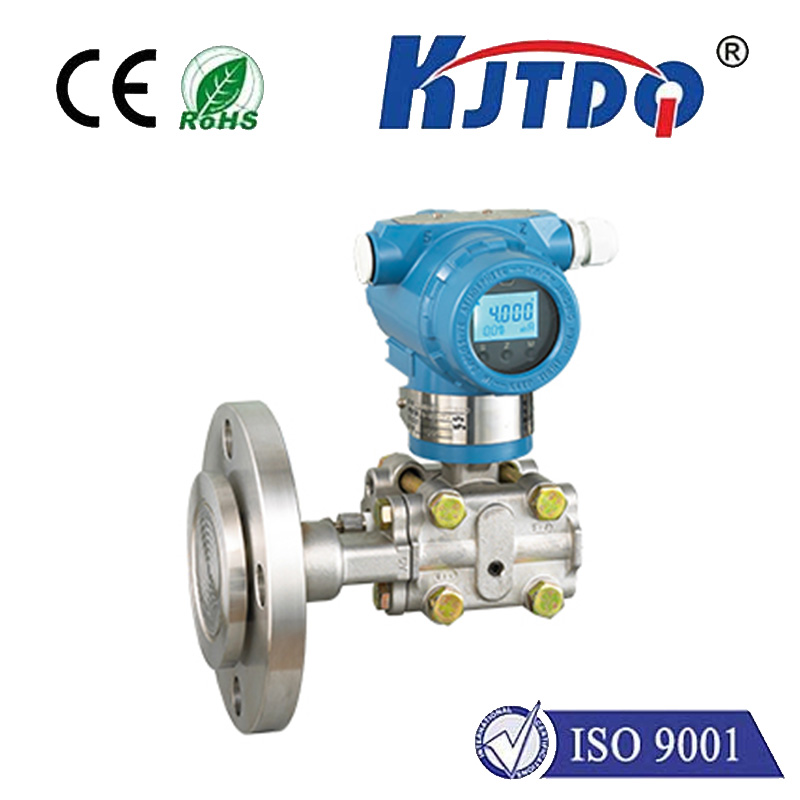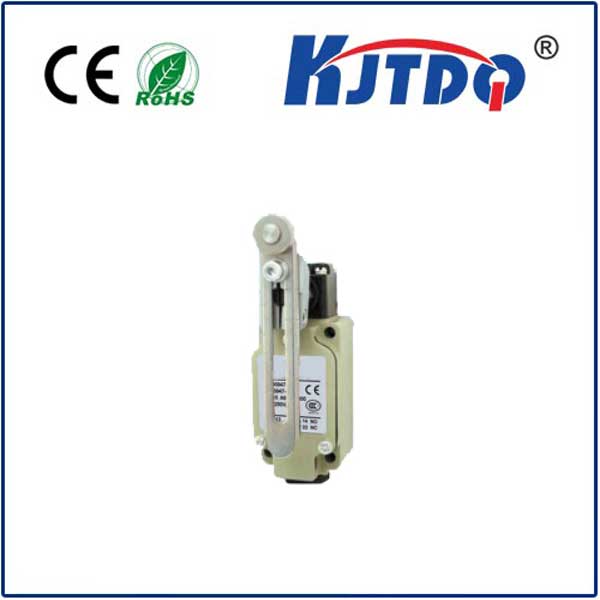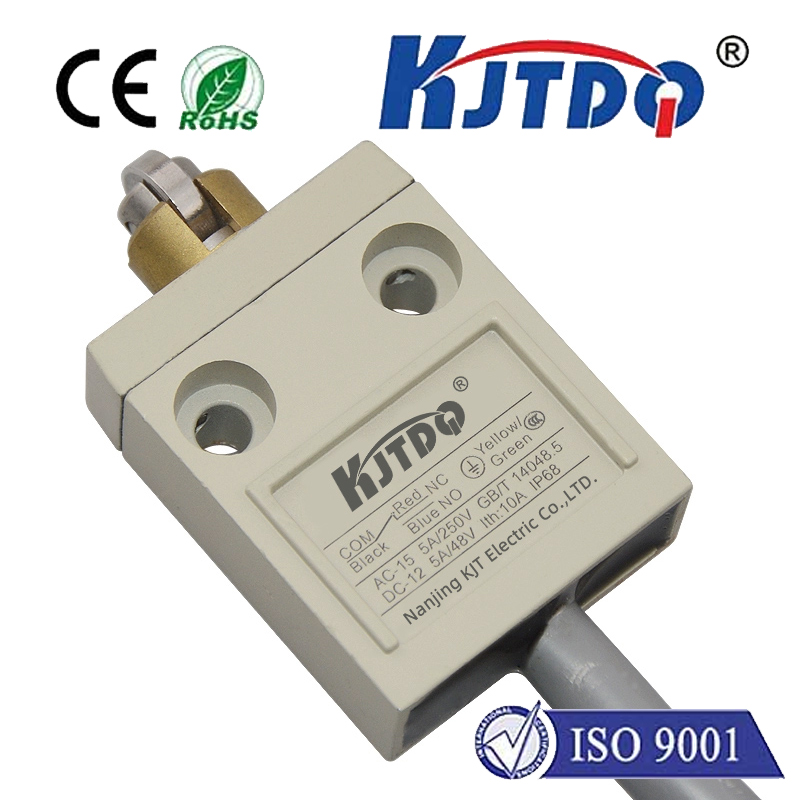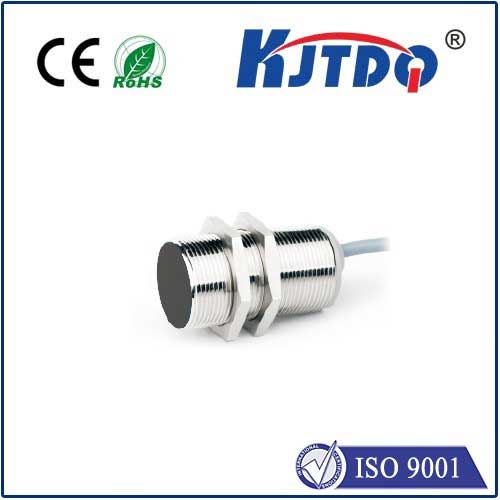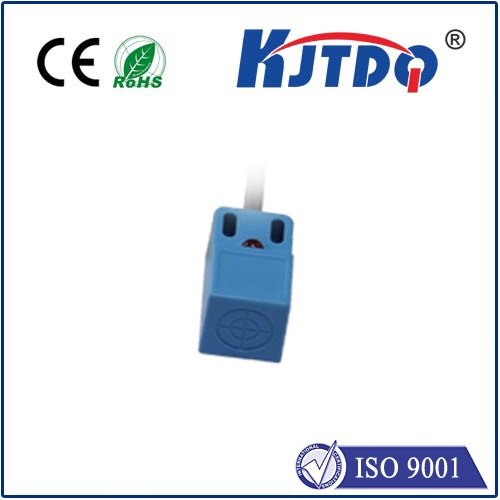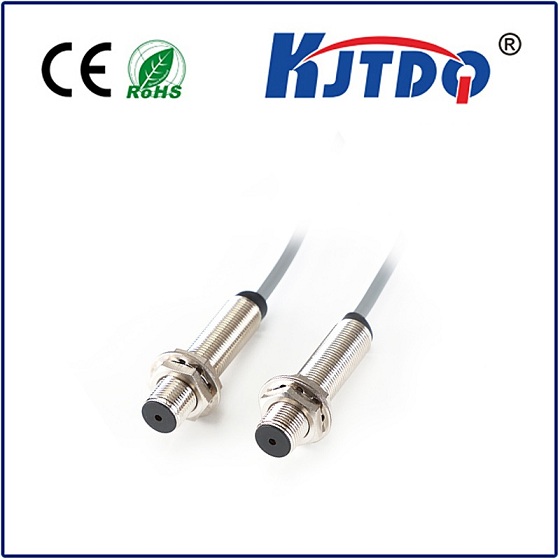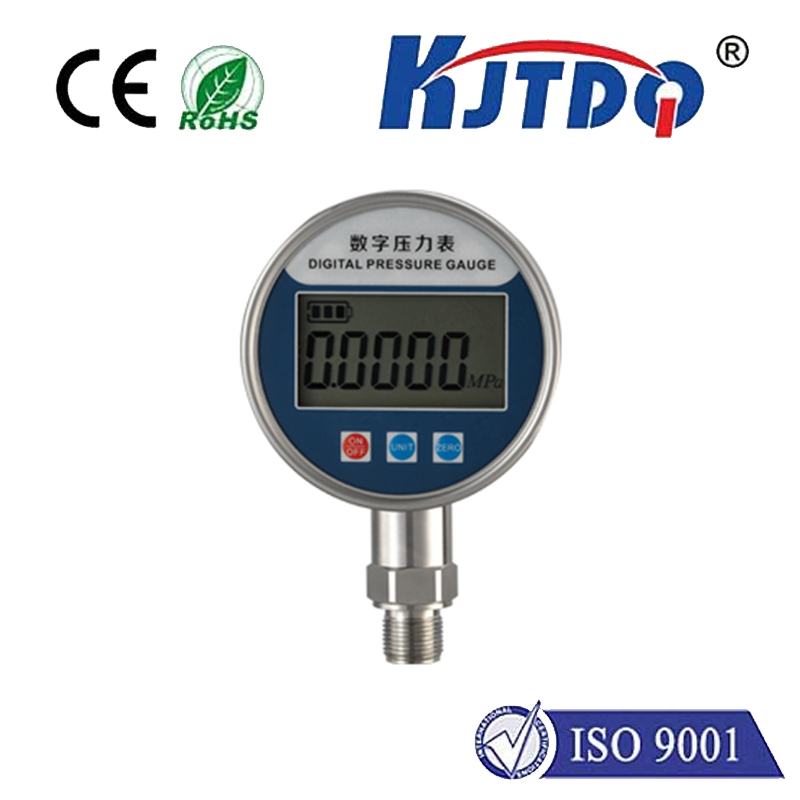

check

check

check

check

check

check

check

check

check

check
Title: The Role of Limit Switches in Industrial Automation
In the realm of industrial automation, limit switches play a crucial role in ensuring precision and control over mechanical processes. Among various types of limit switches available, the push-type limit switch distinguishes itself for its simplicity, reliability, and ease of use. In this article, we will explore the importance of push-type limit switches and how they contribute to enhanced operational efficiency in automated systems.
The Basics of Push-Type Limit Switches
To begin with, let's define what a push-type limit switch is. A push-type limit switch is an electromechanical device that sends a signal when an object comes into physical contact with it. As its name suggests, it utilizes a push lever or actuator that is displaced by the object, activating the switch mechanism inside. This type of limit switch is known for its robustness and minimal maintenance requirements, factors that are highly valued in industrial environments.
Reliability and Precision Control
One of the primary benefits of push-type limit switches is their ability to provide reliable and precise control over machinery movement. Whether it's a conveyor belt, a robotic arm, or any other automated equipment, these switches can accurately monitor positions and endpoints, preventing misalignments and potential collisions. By doing so, they ensure that production processes run smoothly without causing damage to equipment or products.
Simplicity in Design and Integration
Push-type limit switches are designed with simplicity in mind. They typically feature few moving parts, making them less prone to failure compared to more complex devices. Moreover, their straightforward design makes them easy to integrate into existing systems or newly developed automation projects. Engineers appreciate the convenience of installing and configuring these switches, as it reduces downtime and installation costs.
Durability Under Harsh Conditions
Industrial settings often expose equipment to harsh conditions such as extreme temperatures, vibrations, and dust. Push-type limit switches are constructed to withstand these elements, featuring rugged exteriors and protective housings. This durability ensures that they continue to function reliably despite the challenges of an industrial environment, further supporting consistent operations.
Versatility Across Applications
Another standout feature of push-type limit switches is their adaptability to a wide range of applications. From packaging machinery to cranes and elevators, these switches can be tailored to suit different load demands, voltage requirements, and mounting configurations. Their versatility allows them to be utilized across diverse industries, including manufacturing, construction, and transportation.
Maintenance and Troubleshooting
While push-type limit switches require minimal maintenance, regular inspections are still necessary to keep them functioning at peak performance. Checking for proper alignment, clean contacts, and unobstructed operation of the actuator helps maintain the integrity of the switch. If issues do arise, troubleshooting is relatively straightforward due to the switch's simple design, which expedites repair times and reduces operational downtime.
Conclusion
In conclusion, push-type limit switches are an essential component of industrial automation systems. Their simplicity, reliability, durability, and versatility make them a go-to solution for precise control in a variety of applications. By ensuring the accurate positioning and monitoring of machinery movements, they play a vital role in enhancing operational efficiency and protecting against costly errors. As industry continues to evolve toward increased automation, the significance of push-type limit switches remains undiminished, marking them as a cornerstone technology in the pursuit of optimized manufacturing processes.
